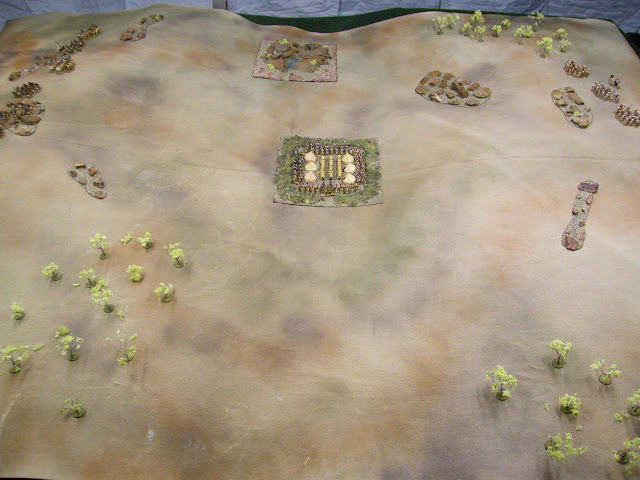Tuesday, July 23, 2024
The Sun Never Sets - 15mm figures for warfare around the British Empire -Odds and Ends
Wednesday, July 17, 2024
The Sun Never Sets - 15mm figures for warfare around the British Empire - The British Part 3
Now it is time to look at the mounted troops of Britain. Like the infantry, the regular cavalry have similar uniforms (in 15mm scale; one for dragoons and hussars and another for lancers. To add to the mix, there are colonial mounted units.
Non-Lancer Regular Cavalry - Decked out in red and blue, with the foreign service helmet, these are the typical counterparts to the infantry. There is one pose of trooper and an officer.
Lancers - This uniform has a plastron (the bib on the front) that is reversible. It can be painted solid white or blue piped white, as it was worn in Zululand. I have only one pose, the officer is denoted by the sword in his hand.
Mounted Infantry - Though not really cavalry, they at least ride horses. Here, I've shown the one pose of mounted, mounted infantry, along with regular infantry as the dismounted version. The mounted officer is the regular cavalry officer.
British Camel Corps - The Camel Corps is another mounted infantry unit, even though it contained a number of cavalry units in its ranks. This is an early version of khaki worn outside of India. There is one pose for the mounted Camel Corps. Regular, khaki infantry can be used for the dismounts.
The following photos are of colonial mounted units. The uniforms are from the Zulu War.
Colonial Auxiliary Mounted Troops - These men wear one of the common styles for the Cape. Natal Mounted Police, Buffalo Border Guards, or Natal Carbineers can be represented by this figure.
Stanger Mounted Rifles - I did make one specific colonial unit, though I suspect others wore the forage cap as well. However, it did give me the opportunity to create a different uniform.
If any of you have illustrations of colonial uniforms from other theaters, I would love to see them. It would give me the chance to further expand the line.
Monday, July 8, 2024
The Sun Never Sets - Disaster at Gakdul Wells
I played my first solo "The Sword and the Flame" game over the past few weeks using "The Sun Never Sets" Sudan figures. This was a "What If" scenario featuring the Egyptians and Bashi Bazouks versus Arab and Beja Mahdist warriors.
The Egyptian force was guarding a supply depot at the opening of the Gakdul Wells. There were three platoons (20 figures each) of regular Egyptian infantry, one platoon of Bashi Bazouks, and a 5 barreled Nordenfelt machine gun.
The zeriba laid in a valley with rock strewn high ground to either side and some scrubby trees clinging to a meager existence.
The Egyptian regulars manned the front, right, and back walls of the fort, the Bashi Bazouks were at the left wall, while the machine gun guarded the entrance.
The Mahdist Arabs consisted of six units of foot, two units of horse, and a unit of camelry.
The Beja topped the opposite ridge with six units of foot, two units of camelry, and one of horse.
The tactics were simple. The Dervish moved toward the fort as fast as they could, while the Egyptians fired as fast as they could.
For the first couple of turns, the Nordenfelt pivoted out of the gateway to lay down a galling fire on the Arab cavalry. With help from the right wall, one unit of camelry were put to flight with severe losses.
The machine gun swung back into the gateway just in time to punish the Beja camelry charging in.
Even though the camels were roughly handled, the Dervish kept coming.
One last volley before the bayonet work started.
The Mahdist leader was concerned about his loses.
The Fuzzies assail the wall and the Bashi Bazouks break and run! And, to make matters worse, the Egyptians on the back wall break too!
All of the Egyptian force as well as the supplies were lost, but, it was a costly victory for the Mahdist as well. Because the only access to the fort for the mounted troops was the gateway, they had to ride into the teeth of the Nordenfelt. For this they paid dearly.



















































